Opinion
Solar discussion invites more creative proposals needing discussion.

Let us consider the carbon footprint issue in more ways than mega-projects. Let us start at home.
There is a lot of information about the average home. For example the average home has 2.5 residents. The average home costs $25.000 to install enough solar panels.( there is debate that it may be as little as 14,000 but I would like to prepare for costs overruns) It takes 75 hours of labour to install enough solar panels including electrical and non-electrical labour. So to go solar it would cost $10,000 per resident and require 30 hours of labour per person. This is based on the U.S. which is higher than countries like Germany who are more involved and takes advantage of economies of scale. Germany averages only 33 hours.
Red Deer has about 100,000 residents, so to go solar in such a big way would cost a billion dollars and require 3 million man hours of labour. Spread out over 10 years and 3 levels of government, federal, provincial, and municipal. It would cost each level of government 33 million per year. It would create 300,000 manhours of work and if a full time equivalent is 2,000 hours per year then it would create 150 full time equivalent jobs directly in installation. Each direct job would create several indirect jobs in manufacturing, transportation, hospitality etc. Someone offered 7 indirect jobs but I do not know.
When you look at previous bail outs for jobs, this is not that extreme. The economic impact would be huge. The tax base would increase, employment would increase, and our carbon foot print would decrease.
The economics of scale would lower the costs, the natural evolution of solar efficiency would lower the costs, and experience would lessen the labour time and costs but the benefits would be the same.
Red Deer College could get involved in training. The city could become an eco-friendly destination for residents and tourists.
If we were to download a portion of the costs onto the home owners through a loan, and incorporate into their property taxes based on 3% interest. 40% of the costs over 10 years would mean $100 per month for 10 years, which would probably be less than their current electrical bill. If as some suggest it would be $14,000 and even if the home owners bore all the costs then it would be $150 per month for 10 years.That is based on current costs on a small scale.
This will not happen overnight. Three levels of government, training, planning, and manufacturing etc. will take time. I remember satellite dishes that were once so huge, that are now so small, and the same goes for solar panels, once so huge they are increasingly getting smaller and more efficient.
The amount of money is not insurmountable. In a equal-shared scenario with the provincial and federal governments, the costs of building the planned footbridge from the Riverlands to Bower Ponds for example would convert about 2500 homes.
I hope the city continues to discuss and explore these possibilities with other levels of government. Talking about the environment, talking about innovation, and talking about infrastructure spending, here you go.
Another idea could be doing a neighbourhood project like Drake’s Landing Solar Community in Okotoks which had 10 years of uninterrupted service with solar fraction of 100% during the summer and a low of 92% during the coldest winter.
We could look at using our river for hydro-electric, mandate architectural restrictions like reflective roofs, encourage green roofs to name but a few as the dialogue widens.
I hope the city continues the discussions after their March 6 2017 meeting.
Brownstone Institute
Musk Wins Latest Censorship Battle in Australia
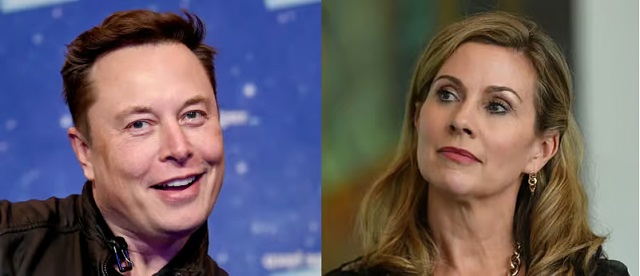
US billionaire Elon Musk, Australian eSafety Commissioner Julie Inman Grant
From the Brownstone Institute
BY
Can Australia’s eSafety Commissioner block content globally on demand? Not today, ruled the Australian Federal Court, in a win for Elon Musk’s social media platform X.
In a decision on Monday, Justice Geoffrey Kennett refused to extend a temporary injunction obtained by eSafety last month, which forced X to remove footage of the Wakeley church stabbing, an alleged religiously motivated terror attack.
Under the Online Safety Act (2021), the eSafety Commissioner, Julie Inman Grant, has the authority to order removal of such ‘class 1 material’ within Australia under threat of hefty fines.
eSafety argued that X had not gone far enough to block the content from Australians, as a geo-block can be circumvented by a VPN. X argued that eSafety was effectively seeking a global ban on content, straying outside of the Australian online harm regulator’s jurisdiction.
eSafety applied to the Federal Court to extend its temporary injunction against X, with a hearing taking place on Friday 10 May. The temporary injunction was due to expire at 5pm on Friday, but was extended to 5pm Monday—to allow time for Justice Kennett to deliver a decision on the matter.
In his decision, Justice Kennett held that X had taken “reasonable” steps to block the stabbing content as required under Australian law, and that eSafety’s request for a global ban was not reasonable.
Therefore, “The orders of the court will be that the application to extend…is refused,” said Justice Kennett, meaning that as of 5pm Monday, the injunction is no longer effective.
In a statement on the Federal Court decision, eSafety said that the matter will return to Court for a case management hearing on Wednesday, 15 May.

“The application for this injunction should have never been brought,” said Dr Reuben Kirkham, Co-Director of the Free Speech Union of Australia (FSU) in a statement, questioning the validity of the Commissioner’s bid to enact a global content ban on X. “The eSafety Commissioner is overreaching and behaving more like an activist than a responsible public servant.”
Dr Kirkham, who was present for the hearing, told Dystopian Down Under that he counted 12 lawyers present (seven for X, five for eSafety), which, if eSafety is ordered to pay costs, will lump taxpayers with “a considerable amount of unnecessary legal costs.”
Digital civil liberties nonprofit the Electronic Frontier Foundation (EFF) echoes FSU Australia’s position, stating that, “no single country should be able to restrict speech across the entire internet,” and likening the Commissioner’s actions to “[using] a sledgehammer to crack a nut.”
An affidavit submitted by the EFF to the eSafety vs. X proceedings called for the Court to consider the international impact that a ruling in eSafety’s favour would have in setting a precedent for allowing one country to enforce content bans on citizens of other countries.
“If one court can impose speech-restrictive rules on the entire Internet—despite direct conflicts with laws [in] a foreign jurisdiction as well as international human rights principles—the norms of expectations of all internet users are at risk,” stated the EFF in an article summarizing the affidavit.
X’s Global Government Affairs posted about the hearing, stating, “We’re glad X is fighting back, and we hope the judge will recognize the eSafety regulator’s demand for what it is—a big step toward unchecked global censorship—and refuse to let Australia set another dangerous precedent.” At the time of publishing, no updated statement on the Judge’s decision had been issued.

Dr Kirkham calls the Commissioner’s application to extend her injunction against X “part of a pattern where the eSafety Commissioner’s office seemingly engages in gamesmanship rather than respecting the rule of law or acting as a model litigant.”
Indeed, the ruling in X’s favour comes amidst mounting controversy over the eSafety Commissioner’s ongoing battle with X, which appears to be driven partly by Julie Inman Grant’s global censorship ambitions, and partly by personal feelings.
Inman Grant, who formerly directed Twitter’s Public Policy (Australia and Southeast Asia), has repeatedly criticized Elon Musk since his purchase of the Twitter platform in 2022.
Moreover, Musk’s advocacy for a broad interpretation of free speech on the internet conflicts with Inman Grant’s professed view of free speech as a right that needs to be “recalibrated” for online spaces.
Perhaps the biggest controversy between X and eSafety centres on the highly charged and subective issue of gender ideology.
Inman Grant has enforced the removal of a string of posts on X questioning gender ideology, including one suggesting that men can’t breastfeed, and another about a trans-identified male who allegedly injured female players during a women’s football game in NSW.
In an internationally high-profile case, the Commissioner recently issued a removal notice over an acerbic gender-critical post by Canadian activist Billboard Chris, raising questions over whether the Government should be able to police opinions and censor statements of biological fact on the internet.
FSU Australia is currently involved in Administrative Appeal Tribunal proceedings on behalf of Billboard Chris (real name Chris Elston) against the eSafety Commissioner. Additionally, X has threatened to sue eSafety over the matter.

Returning to the issue of the Wakeley stabbing footage, Inman Grant’s attempt to globally ban the content has been supported by the Australian Government, which leveraged the incident to call for more censorship, including the reintroduction of an unpopular misinformation bill.
Prime Minister Anthony Albanese has also responded to calls to address violence against women by proposing to further expand eSafety’s budget and remit, which could see deep fake pornography and “other misogynistic material” censored by the regulator.
No one will argue against explicit pornography being blocked from children’s view, but it is around the grey edges of definition creep on terms like ‘harm,’ ‘adult cyber abuse,’ and ‘misogynistic material’ where disagreements will undoubtedly kick off.
In a move of ‘no confidence’ against eSafety, FSU Australia has launched a petition to abolish the office of the eSafety Commissioner altogether, arguing that a combination of parental controls and platform incentives will suffice in keeping children safe on the internet.
A more moderate approach may be to curtail eSafety’s remit to its original function of dealing with child abuse content (as in 2015), and revenge porn (as in 2017), before the regulator’s purview and powers were significantly expanded with the introduction of the Online Safety Act in 2021.
However, in the media and political conversation, there is little appetite for a moderate approach, as conveyed in a viral guest appearance by media personality Tracey Holmes on a recent episode of the ABC’s failing show Q+A.
Calling out the double standard in the censorship conversation, Holmes told the studio audience,
“I don’t agree with any kind of censorship in a general sense. I don’t think Elon Musk is contributing to any social cohesion split inside this country. I think our mainstream media is doing enough of that. I think our politicians do enough of that…
“Of course there are fault lines everywhere, but there’s only one way you can stop those fault lines from getting bigger, and that is to have the ability to have the town square to hear different points of view…
“And I think unfortunately we’ve been fed ‘this side or that side’ for so long, people are giving up on mainstream media, that’s why they’re tuning out. That’s why they’re going to YouTube…we have let them down.”
Hopefully, some higher-ups in the corporate media tuned in to hear what Holmes had to say.
Read more about the judge’s decision
Republished from the author’s Substack
Brownstone Institute
Enough With These Dangerous Calculations
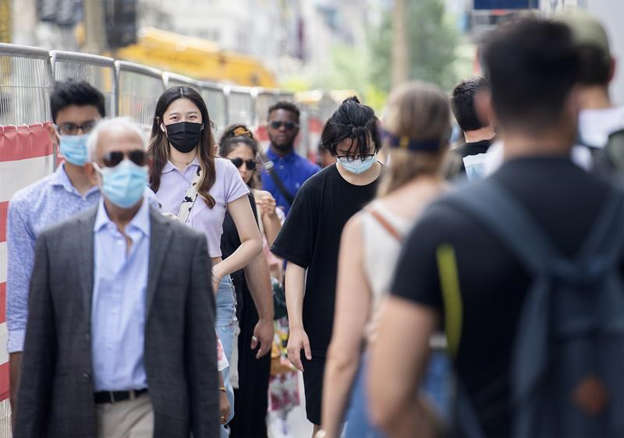
From the Brownstone Institute
BY
Now that there is more open talk about vaccine injury, we are continually assured that overall these vaccines were worth it even so. The thought always occurs: it has not been worth it for the injured. Nor is their injury lessened by the knowledge that others were helped, if they were.
What precise metric are we going to use to determine costs and benefits population-wide? Many millions were forced to take experimental injections that they did not want nor need. Many were injured and with no chance of compensation. This is gravely unjust. You don’t need to take recourse to fancy philosophical conjectures (The Trolley Problem, The Lifeboat Dilemma, The Fat Man on the Bridge, etc.) to do the utilitarian calculation.
And yet, such calculations are precisely what the defenders of society-wide pandemic interventions are citing as evidence that we can and should do it again. The costs are high, they now admit, but worth the benefit.
Well, maybe not. It’s hard to say but they will keep working on it. They will decide in due course.
This is the argument of Professor John M. Barry. His book on the 1918 flu pandemic kicked off the entire pandemic-planning industry once George W. Bush read the book flap in 2005. Barry’s new article in the New York Times raises alarms about the Avian Bird Flu, the same as the whole pandemic industry is doing right now, and makes the argument that the interventions last time were just great overall.
“Australia, Germany and Switzerland are among the countries that demonstrated those interventions can succeed,” he claims even though all three countries have been torn apart by the pandemic response that is still rocking politics and showing itself in economic decline “Even the experience of the United States provides overwhelming, if indirect, evidence of the success of those public health measures.”
What is that indirect evidence? This you won’t believe: that flu deaths dramatically fell. “The public health steps taken to slow Covid contributed significantly to this decline, and those same measures no doubt affected Covid as well.”
That’s a heck of a thing. If you burn down the house to kill the rats and fail, but happen to kill the pets, surely you have some bragging rights there.
There is indeed a big debate on why seasonal flu seems to have nearly disappeared during the pandemic. One theory is simple misclassification, that flu was just as present as always but labeled Covid because PCR tests pick up even slight elements of the pathogen and financial incentives drove one to displace the other. There is surely an element of this.
Another theory relates to crowding out: the more serious virus pushes aside the less serious one, which is an empirically testable hypothesis.
A third explanation might in fact be related to interventions. With vast numbers staying home and the banning of gatherings, there was indeed less opportunity for pathogenic spread. Even if granting that is true, the effect is far from perfect, as we know from the failure of every attempt to achieve zero Covid. Antarctica is a good example of that.
That said, and even postulating this might be correct, there is nothing to prevent the spread among the population after opening except with even worse results because immune systems are degraded for lack of exposure.
Barry concedes the point but says “such interventions can achieve two important goals.” The first is “preventing hospitals from being overrun. Achieving this outcome could require a cycle of imposing, lifting and reimposing public health measures to slow the spread of the virus. But the public should accept that because the goal is understandable, narrow and well defined.”
Fine, but there is a major glaring error. Most hospitals in the US were not overrun. There is even a genuine question about whether and to what extent New York City hospitals were overrun but, even if they were, this had nothing to do with hospitals in most of the country. And yet the grand central plan closed them all for diagnostics and elective surgeries. In major parts of the country, parking lots were completely empty and nurses were furloughed in more than 300 hospitals.
Overall, that scheme (and who imposed this?) didn’t work too well.
The second supposed benefit you can predict: shutting down buys time “for identifying, manufacturing and distributing therapeutics and vaccines and for clinicians to learn how to manage care with the resources at hand.” This is another strange statement because authorities actually removed therapeutics from the shelves all over the country even though physicians were prescribing them.
As for the supposed vaccine, it did not stop infection or transmission.
So that scheme didn’t work either. There is also something truly cruel about using compulsory methods to preserve the population’s immunological naïveté in anticipation of a vaccine that may or may not work and may or may not cause more harm than good. And yet that is precisely the plan.
The most alarming part of Barry’s article, even aside from his incorrect claim that masks work, is this statement: “So the question isn’t whether those measures work. They do. It’s whether their benefits outweigh their social and economic costs. This will be a continuing calculation.”
Again we are back to benefit vs costs. It’s one thing for a person confronting a true moral or personal difficulty to make that calculation and live with the consequences. Every philosophical problem listed above – Trolly Cars and Lifeboats – involves personal choices and single decision-makers. In the case of pandemic planning and response, we are talking about groups of intellectuals and bureaucrats making decisions for the whole of society. In the last go-round, they made these decisions for the entire world with catastrophic results.
Many hundreds of years ago and following, the Western mind decided that giving such power to elites was not a good idea. The “continuing calculation” about what costs and benefits are experienced by billions of people from compulsory impositions is not something we should risk, not even with AI (which Barry says will solve the problems next time). Instead, we generally decided that a presumption of freedom is a better idea than empowering a small elite of scientists with the power to make “continuing calculations” for our supposed benefit.
Among many problems with the scientistic scheme for elite rule in the realm of infectious disease is that the population as a whole has no way to evaluate schemes and claims made to them by the government itself. They told us terrible population-wide death would come from Covid but it turned out to be exactly what others said back in February 2020; a disease impactful mainly on the aged and infirm.
Similarly, with the bird flu, we’ve been through a quarter century of claims that half of humanity could die from it. So far, every jump from animals to humans has resulted in reparable maladies like conjunctivitis.
But let’s say the bird flu really does get bad. Should the scientists who ruled us last time be trusted to do it again? That’s Barry’s plea: he demands “trust in government.” At the same time, he wants government to have the power to censor dissent. He falsely claims that last time, “there was no organized effort to counter social media disinformation” despite vast evidence of exactly this.
More information is actually what we need, especially from dissidents. For example, Barry celebrates that dexamethasone worked against Covid. But he fails to point out that the “experts” said in February 2020 that dexamethasone should not be used. Indeed, if you followed the Lancet, you would not have used them at all. In other words, Barry’s article refutes itself simply by showing the experts were desperately wrong in this case.
And, honestly, he knows this. Every bit of it. I have no doubt that if we met for cocktails, he would agree with most of this article. But he would also quickly point out that, after all, the New York Times commissioned the article so he can only say so much. He is merely being strategic, don’t you know?
This is the problem we face today with nearly all ruling-class intellectuals. We don’t actually disagree that much on the facts. We disagree on how much of the facts we are in a position to admit. And this puts Brownstone in a very awkward position of being a venue to say publicly what most people in the know say only privately. We do it because we believe in doing so.
All of which underscores the more general point: government and its connected scientists simply cannot be trusted with this kind of power. The last experience illustrates why. We forged our societies to have laws and guaranteed liberties that can never be taken away, not even during a pandemic. It is never worth using the power of the state to ruin lives to fulfill anyone’s abstract vision of what constitutes the greater good.
-

 espionage2 days ago
espionage2 days agoThe Scientists Who Came in From the Cold: Canada’s National Microbiology Laboratory Scandal, Part I
-
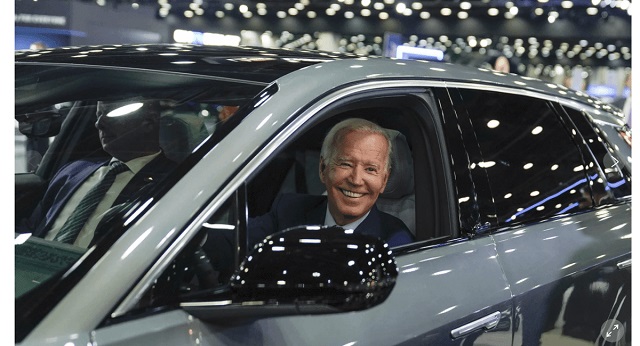
 Energy2 days ago
Energy2 days agoTech giants’ self-made AI energy crisis
-

 Frontier Centre for Public Policy2 days ago
Frontier Centre for Public Policy2 days agoThe PM as Leaf’s coach
-
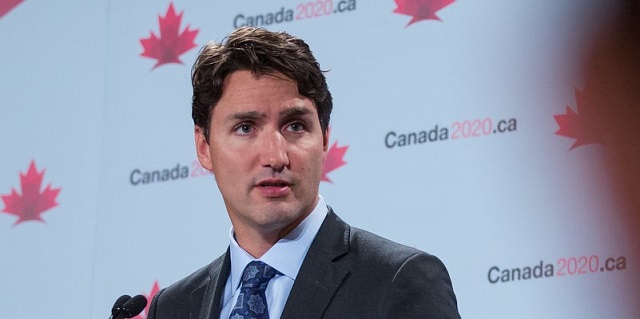
 Economy1 day ago
Economy1 day agoPrime minister’s misleading capital gains video misses the point
-
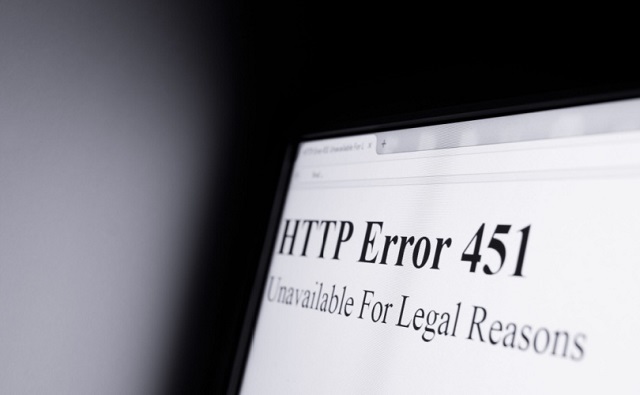
 National2 days ago
National2 days agoTrudeau’s internet censorship Bill C-11 will not be implemented until late 2025
-
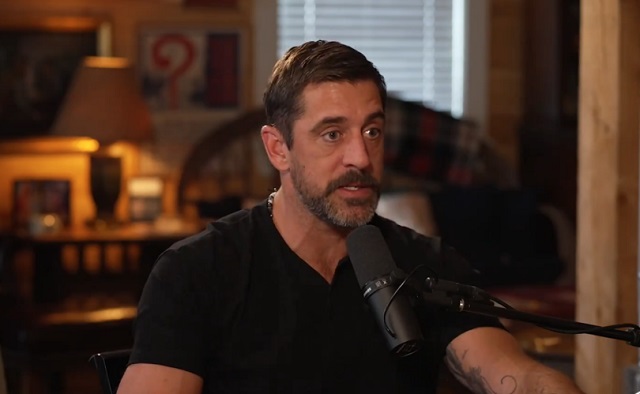
 COVID-191 day ago
COVID-191 day agoTucker Carlson and NFL star Aaron Rodgers discuss Bill Gates, COVID-19, US Deep State
-
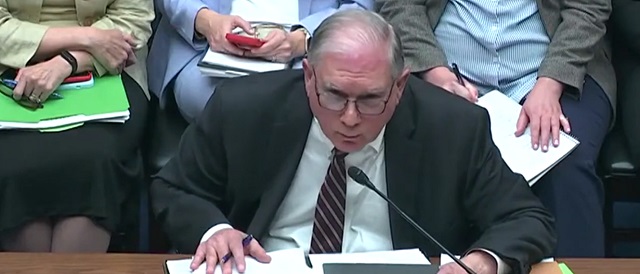
 COVID-1918 hours ago
COVID-1918 hours agoTop Fauci Aide Allegedly Learned To Make ‘Smoking Gun’ Emails ‘Disappear,’ Testimony Reveals
-
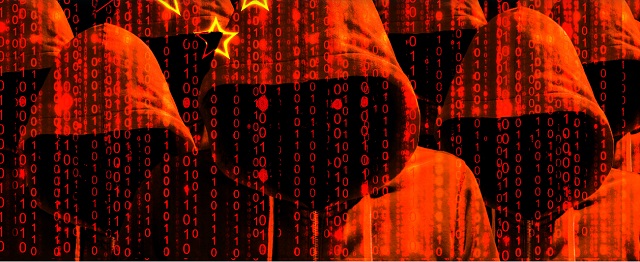
 COVID-1912 hours ago
COVID-1912 hours agoThe Vials and the Damage Done: Canada’s National Microbiology Laboratory Scandal, Part II









